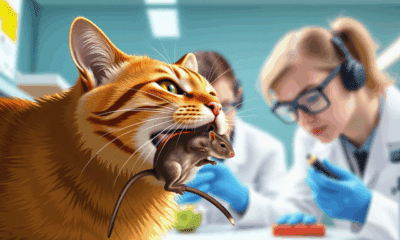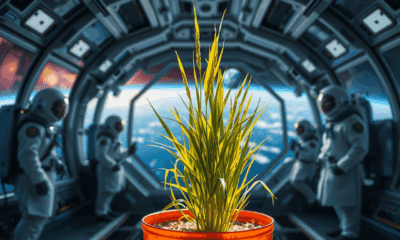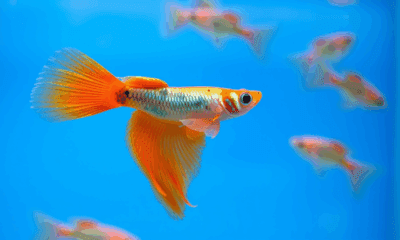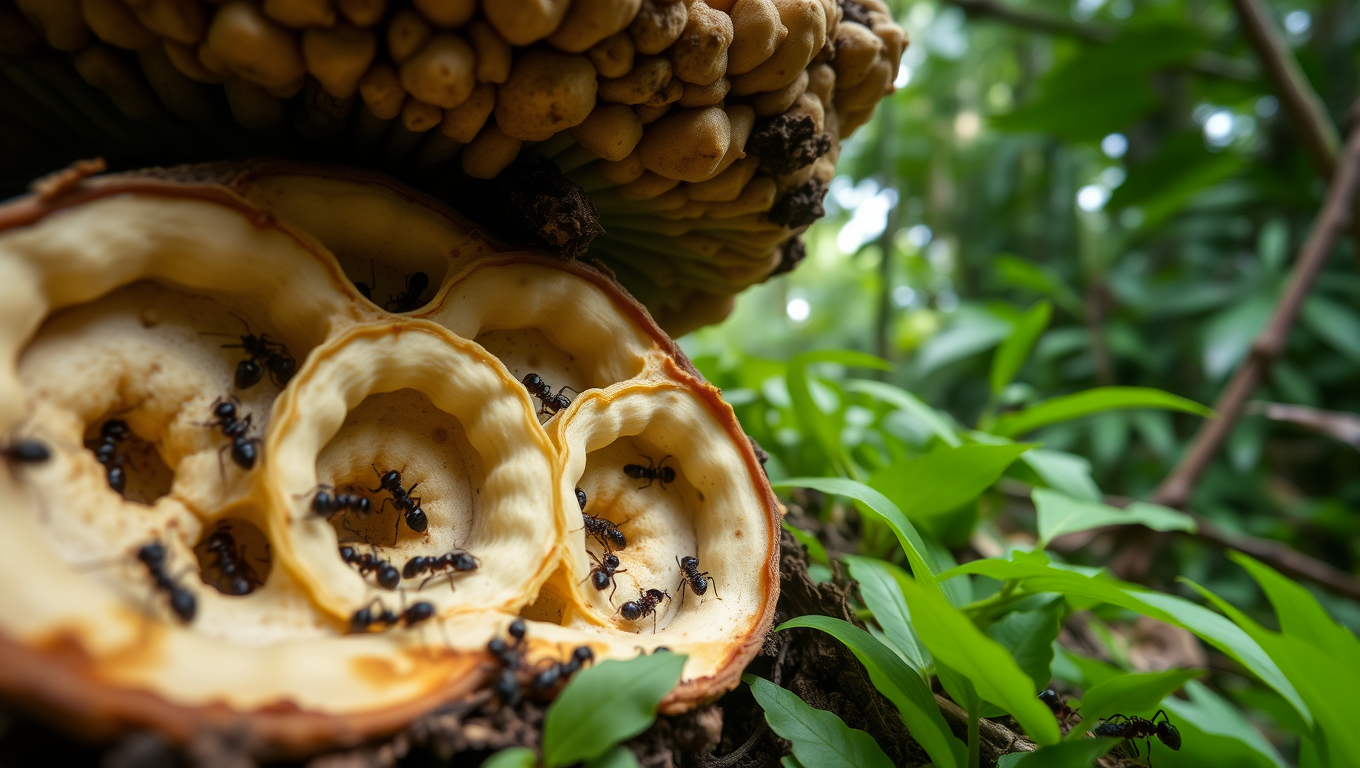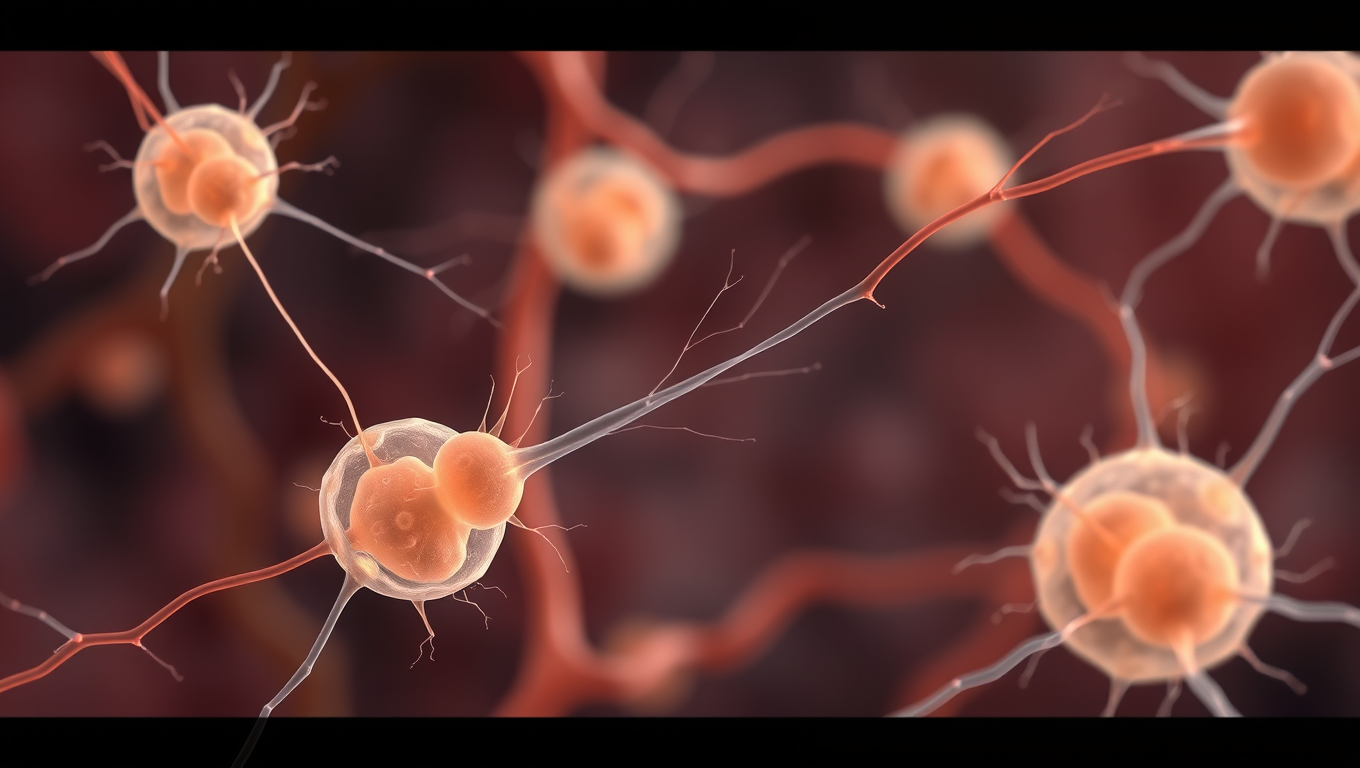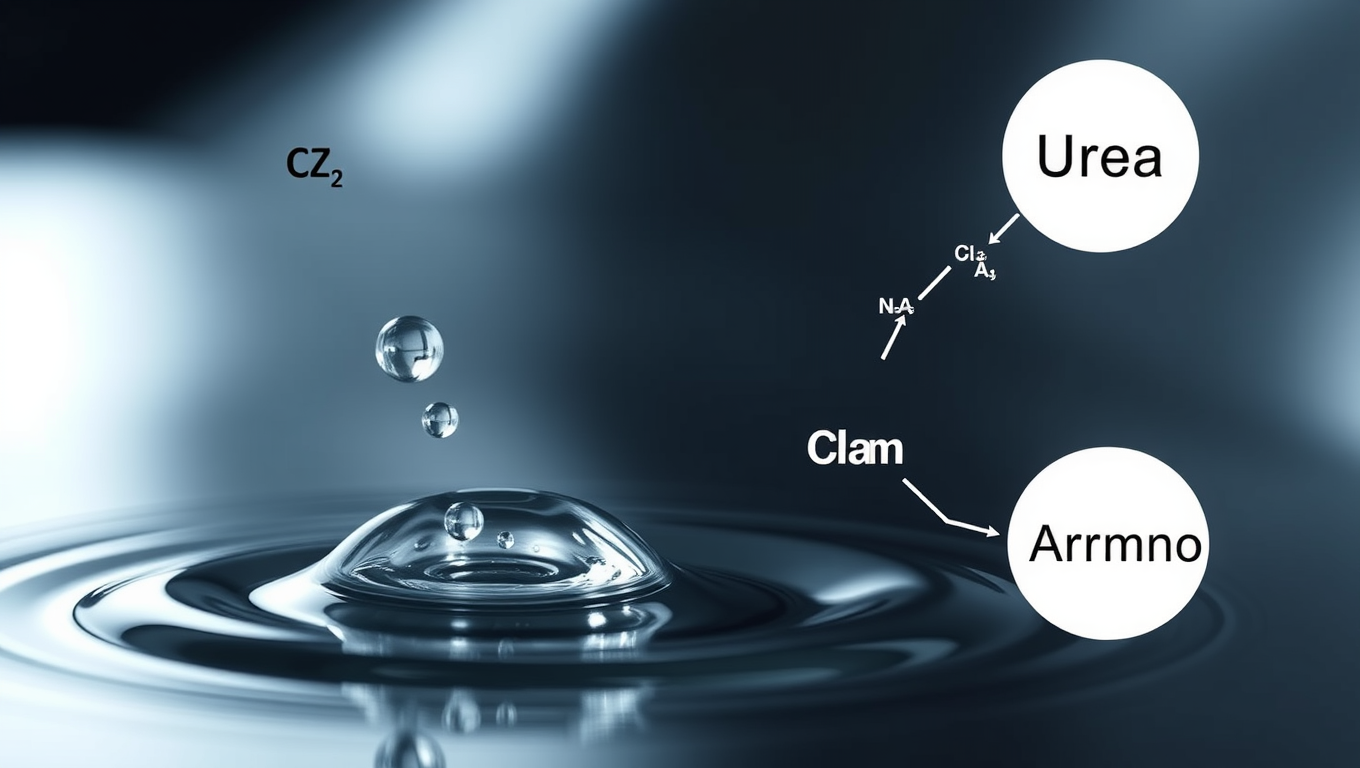While we try to keep things accurate, this content is part of an ongoing experiment and may not always be reliable.
Please double-check important details — we’re not responsible for how the information is used.
Biology
“Thick and Green: Unlocking Carbon Sequestration Potential in Restored Peatlands”
Researchers measured post-restoration Sphagnum moss layer growth on 18 peatland sites in Finland 10 years after restoration. According to the study, a thick Sphagnum moss layer forms rapidly during the first 10 years after successful restoration, with carbon sequestration rates commonly exceeding those of pristine bogs.
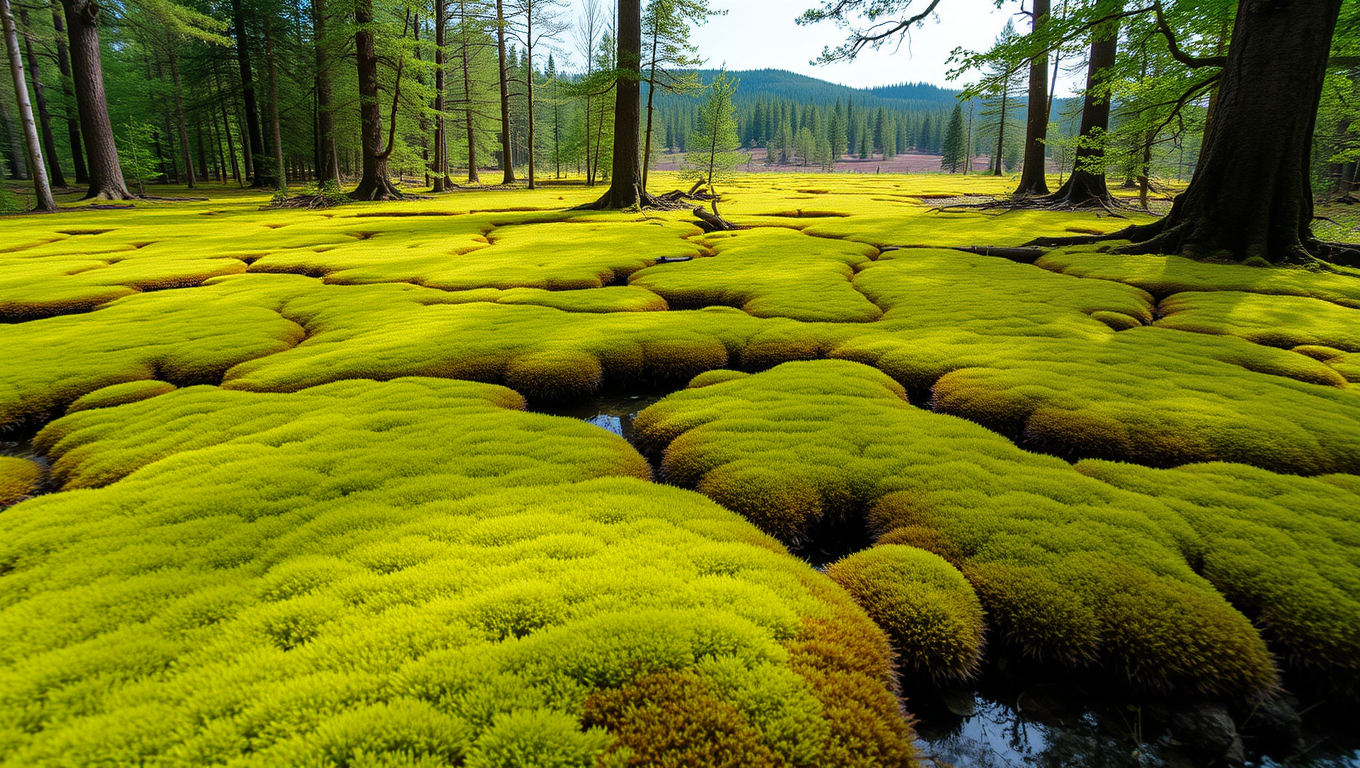
Agriculture and Food
The Tiny Condos of Fiji’s Ant Plant: A Key to Harmonious Coexistence Among Unrelated Symbionts
High in Fiji s rainforest, the ant plant Squamellaria grows swollen tubers packed with sealed, single-door apartments. Rival ant species nest in these chambers, fertilizing their host with nutrient-rich waste while never meeting face-to-face. When researchers sliced open the walls, fatal battles erupted, confirming that the plant s compartmentalized architecture prevents war and sustains the partnership. CT scans of the tubers unveiled a meticulously isolated maze, showcasing evolution s clever fix for keeping multiple, unrelated houseguests peacefully productive.
Biochemistry Research
The Whispering Womb: Uncovering the Secret Language of Embryonic Cells
Scientists found that embryonic skin cells “whisper” through faint mechanical tugs, using the same force-sensing proteins that make our ears ultrasensitive. By syncing these micro-movements, the cells choreograph the embryo’s shape, a dance captured with AI-powered imaging and computer models. Blocking the cells’ ability to feel the whispers stalls development, hinting that life’s first instructions are mechanical. The discovery suggests hearing hijacked an ancient force-sensing toolkit originally meant for building bodies.
Biochemistry Research
Unlocking the Secrets of Life: A Spontaneous Reaction that Could Have Started it All
Scientists have uncovered a surprising new way that urea—an essential building block for life—could have formed on the early Earth. Instead of requiring high temperatures or complex catalysts, this process occurs naturally on the surface of tiny water droplets like those in sea spray or fog. At this boundary between air and water, a unique chemical environment allows carbon dioxide and ammonia to combine and spontaneously produce urea, without any added energy. The finding offers a compelling clue in the mystery of life’s origins and hints that nature may have used simple, everyday phenomena to spark complex biological chemistry.
-

 Detectors3 months ago
Detectors3 months agoA New Horizon for Vision: How Gold Nanoparticles May Restore People’s Sight
-

 Earth & Climate4 months ago
Earth & Climate4 months agoRetiring Abroad Can Be Lonely Business
-

 Cancer4 months ago
Cancer4 months agoRevolutionizing Quantum Communication: Direct Connections Between Multiple Processors
-

 Agriculture and Food4 months ago
Agriculture and Food4 months ago“A Sustainable Solution: Researchers Create Hybrid Cheese with 25% Pea Protein”
-

 Diseases and Conditions4 months ago
Diseases and Conditions4 months agoReducing Falls Among Elderly Women with Polypharmacy through Exercise Intervention
-

 Chemistry4 months ago
Chemistry4 months ago“Unveiling Hidden Patterns: A New Twist on Interference Phenomena”
-

 Albert Einstein4 months ago
Albert Einstein4 months agoHarnessing Water Waves: A Breakthrough in Controlling Floating Objects
-

 Earth & Climate4 months ago
Earth & Climate4 months agoHousehold Electricity Three Times More Expensive Than Upcoming ‘Eco-Friendly’ Aviation E-Fuels, Study Reveals





